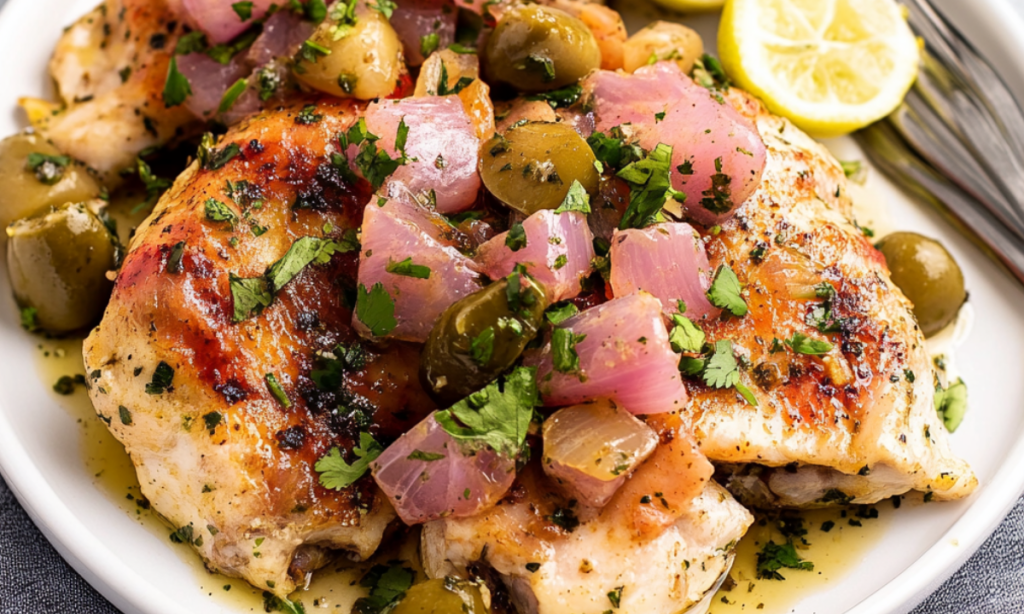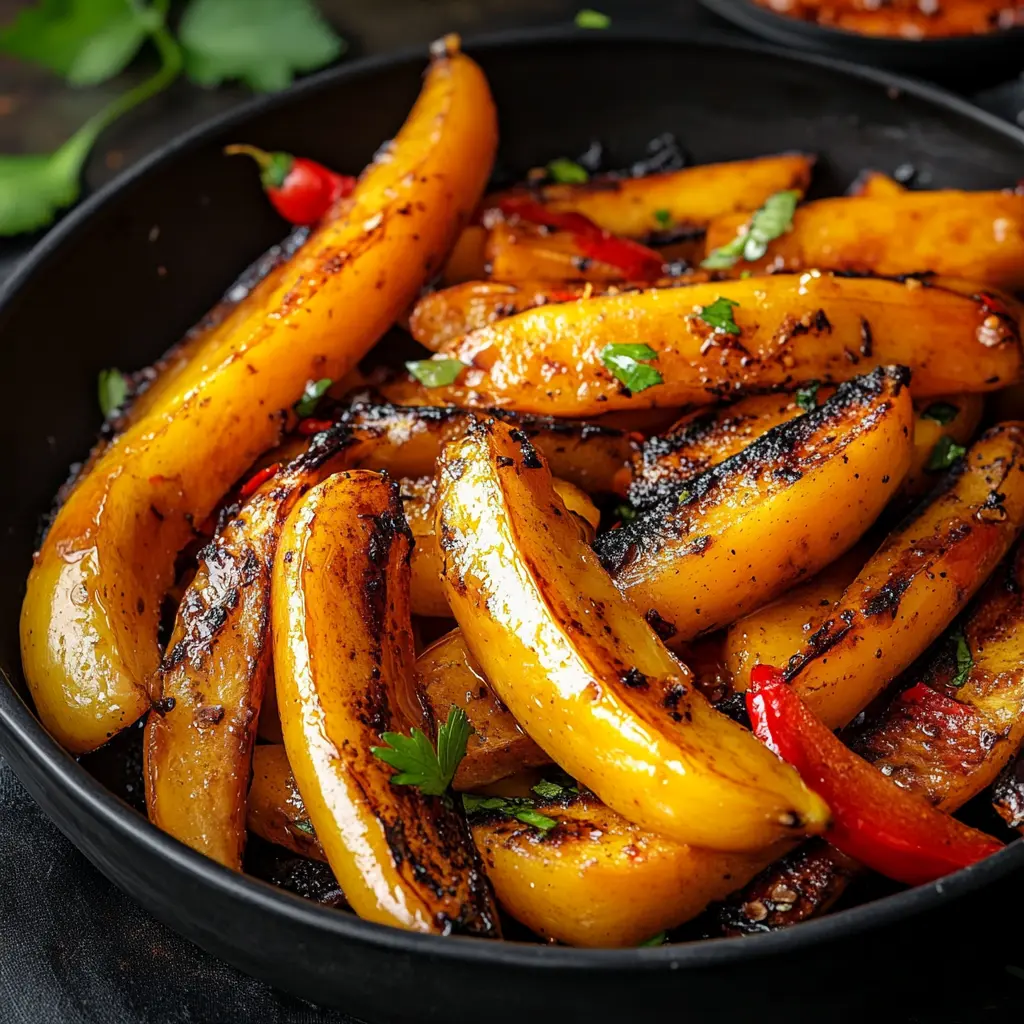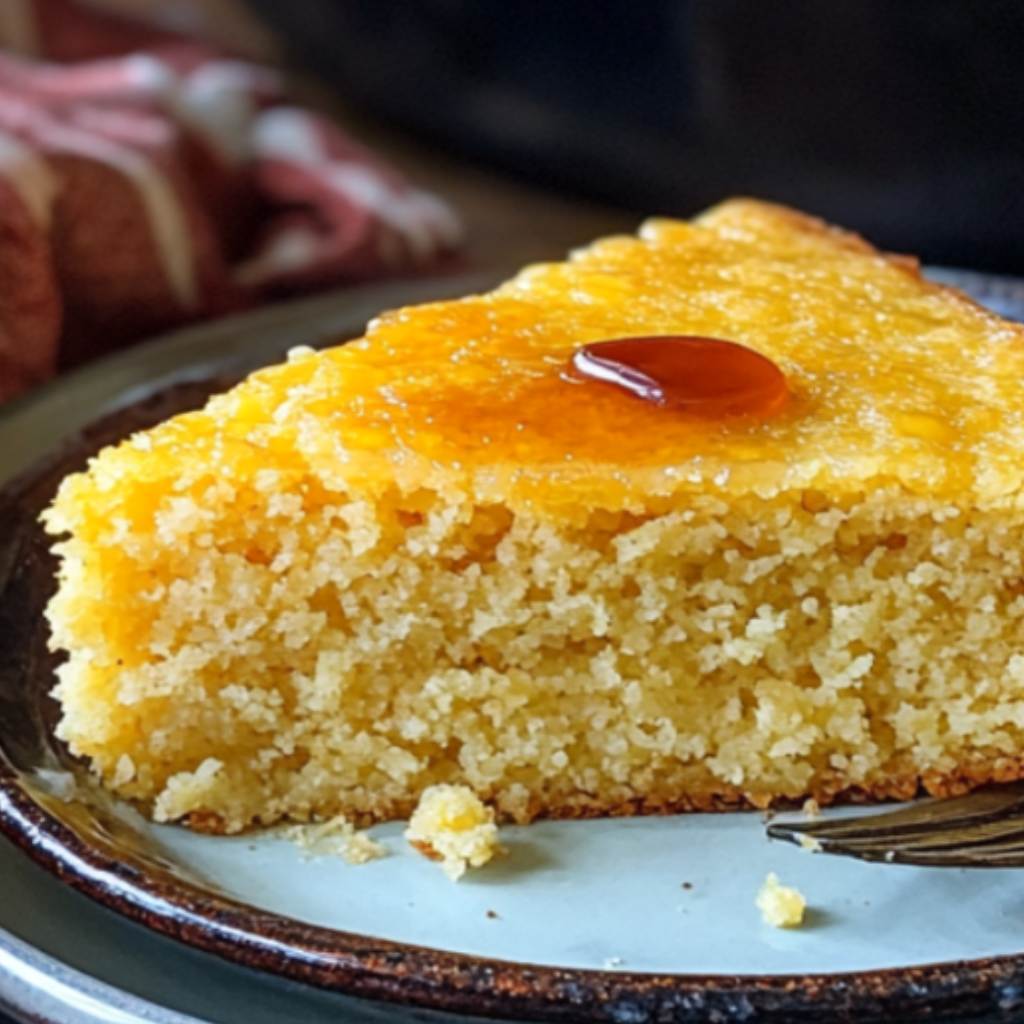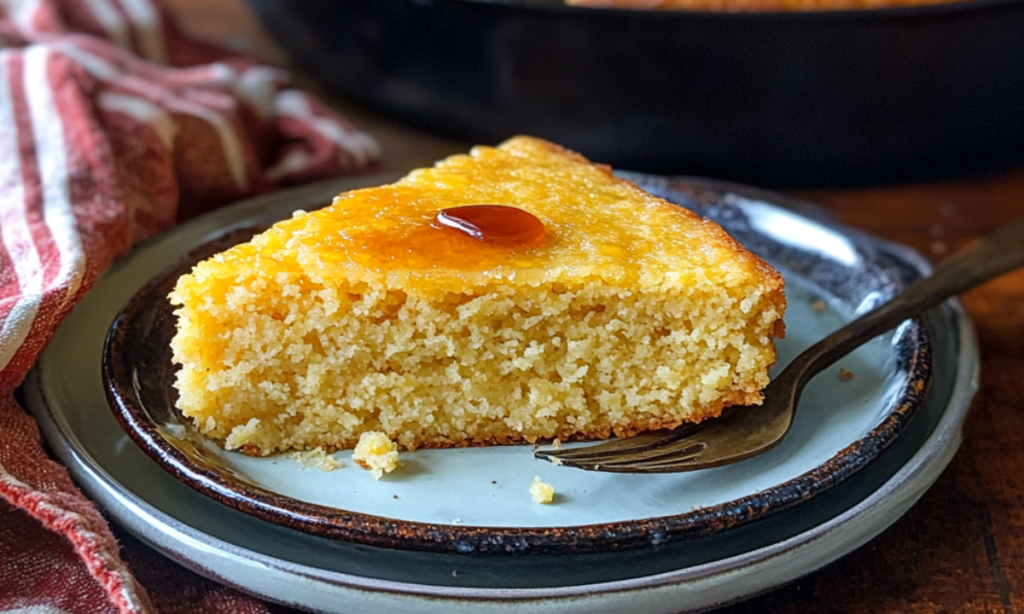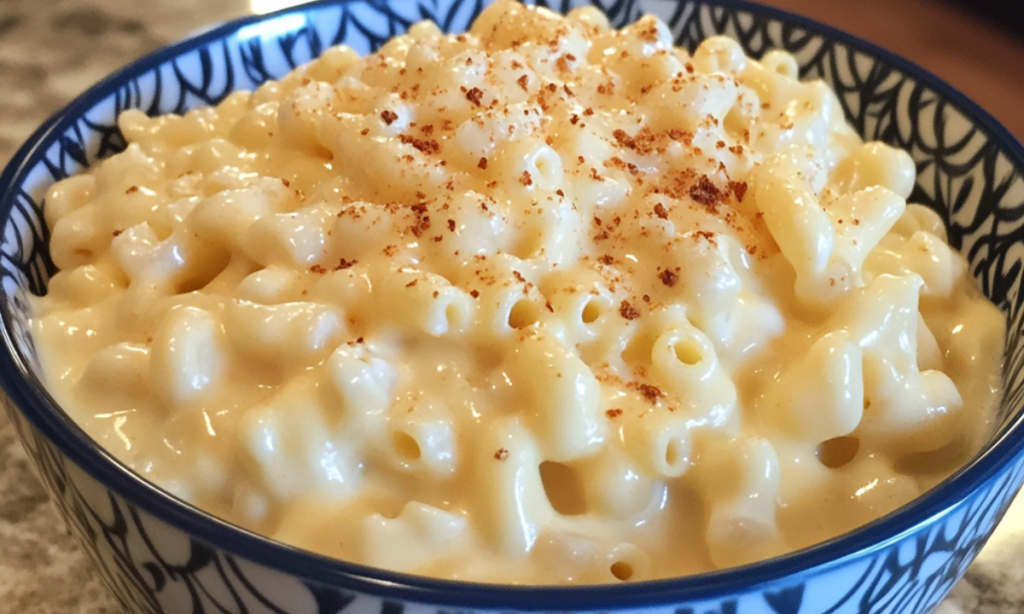Pollo Borracho, or “Drunken Chicken,” is a flavorful and aromatic dish that has its roots deeply embedded in Latin American culinary traditions. This dish, with its intoxicating blend of wine, garlic, and spices, has become a favorite for many due to its rich taste and relatively simple preparation. Whether you’re cooking for a special occasion or just a cozy family dinner, Pollo Borracho is sure to impress.
Introduction to Pollo Borracho
Pollo Borracho is a dish that literally translates to “Drunken Chicken,” referring to the use of alcohol in the cooking process. The alcohol, typically wine, beer, or tequila, helps to tenderize the chicken and infuse it with a deep, robust flavor. This dish is popular across various Latin American countries, including Cuba, Mexico, and Argentina, each of which has its own twist on the recipe.
The beauty of Pollo Borracho lies in its simplicity and versatility. It’s a dish that can be easily adapted to suit different tastes and preferences, making it a staple in many households. If you’re interested in the cultural significance of similar dishes, the History of Cuban Cuisine offers fascinating insights into how such recipes have evolved over time.
The History and Origins of Pollo Borracho
The origins of Pollo Borracho are somewhat hazy, but it is believed to have originated in Latin America, where the use of alcohol in cooking has a long tradition. In these cultures, alcohol is not only used to enhance flavor but also to tenderize meat, making it succulent and juicy. Over time, different regions have put their own spin on the dish, incorporating local ingredients and cooking techniques.
In Cuba, for example, Pollo Borracho is often made with white wine and garlic, creating a dish that is both flavorful and aromatic. In Mexico, tequila is sometimes used, giving the chicken a distinct, smoky flavor. The dish has also made its way to Argentina, where it is known as Pollo Boracho and is typically prepared with a combination of white wine and smoked ham, resulting in a rich, savory dish.
For those interested in learning more about the use of wine in cooking, the Wine Enthusiast’s Guide to Cooking with Wine provides an excellent resource.
Key Ingredients for Pollo Borracho
To make the perfect Pollo Borracho, you’ll need a few key ingredients that are essential for capturing the authentic flavors of this dish:
- Chicken: The star of the dish. You can use chicken breasts, thighs, or even a whole chicken. Bone-in, skin-on pieces tend to be more flavorful, but boneless cuts can be used for convenience.
- Alcohol: Traditionally, dry white wine is used, but beer or tequila are also popular options, depending on the regional variation.
- Spices and Seasonings: Commonly used spices include garlic, cumin, and coriander. Fresh herbs like parsley are often added at the end for a burst of freshness.
- Ham: Adds a salty, smoky flavor that complements the richness of the chicken and wine.
- Capers: These small, briny buds add a tangy punch to the dish, balancing the richness of the other ingredients.
Step-by-Step Preparation of Pollo Borracho
Step 1: Preparing the Chicken
Start by seasoning your chicken pieces with salt, pepper, and any other desired spices. For an even deeper flavor, consider marinating the chicken in the refrigerator for a few hours or overnight. This allows the spices and alcohol to penetrate the meat, ensuring that each bite is flavorful.
Step 2: Cooking Methods
There are several ways to cook Pollo Borracho, depending on your preference and the equipment available:
- Stovetop Method: Heat oil in a large pot or skillet over medium heat. Add the seasoned chicken and cook until browned on all sides. Add the ham, garlic, and other spices, then pour in the wine or beer. Cover and let it simmer until the chicken is fully cooked and tender, typically around 45 minutes.
- Slow Cooker Method: For a hands-off approach, place all the ingredients in a slow cooker and cook on low for 4-6 hours. This method allows the flavors to meld together beautifully, resulting in a deeply flavorful dish.
- Grilling Method: For a smokier flavor, cook the chicken on a grill. This method is particularly popular in Mexico, where Pollo Borracho is often grilled over an open flame.
Step 3: Adding the Alcohol and Finishing the Dish
The alcohol is typically added after the chicken has been browned, allowing it to deglaze the pan and pick up all the flavorful bits. As the dish simmers, the alcohol cooks off, leaving behind a rich, complex flavor.
Serving Pollo Borracho
Pollo Borracho is a versatile dish that can be served in a variety of ways:
- With Rice: Serve the chicken over a bed of saffron rice or Arroz con Pollo for a complete meal.
- With Vegetables: Roasted or grilled vegetables make a perfect side dish, adding both color and nutrition to the plate.
- With Bread: A crusty loaf of bread is perfect for soaking up the rich, flavorful sauce.
Popular Variations of Pollo Borracho
While the classic version of Pollo Borracho is made with white wine and garlic, there are many variations you can try:
1. Classic Pollo Borracho: The traditional recipe for Pollo Borracho, also known as “Drunken Chicken,” involves marinating chicken in beer, garlic, and various spices. It is typically cooked in a rich tomato-based sauce with onions, peppers, and sometimes a hint of citrus. The beer not only tenderizes the chicken but also adds a deep, malty flavor to the dish.
2. Pollo Borracho with Wine: In this variation, wine (usually white or red) replaces beer as the alcohol used to marinate and cook the chicken. The wine provides a more refined, slightly fruity flavor, which pairs well with the garlic, herbs, and tomatoes typically found in the dish.
3. Pollo Borracho with Tequila: This version incorporates tequila instead of beer or wine, giving the dish a distinct Mexican twist. The tequila imparts a unique flavor, especially when combined with lime juice, cilantro, and spicy peppers, creating a vibrant and zesty dish.
4. Pollo Borracho with Citrus Marinade: A refreshing twist on the traditional recipe, this variation includes a marinade made from orange and lime juice, in addition to the beer. The citrus flavors brighten up the dish and add a sweet and tangy contrast to the savory chicken.
Nutritional Breakdown
Pollo Borracho is not only delicious but also relatively healthy, especially when made with lean cuts of chicken. Chicken is a great source of protein, and when combined with the garlic and spices, it offers a variety of health benefits, including immune support and anti-inflammatory properties. For more details on the health benefits of chicken, check out this comprehensive guide.
Storing and Reheating Pollo Borracho
If you have leftovers, Pollo Borracho can be stored in the refrigerator for up to three days. To reheat, simply warm the dish on the stove over low heat, adding a splash of chicken broth if needed to keep it moist. This dish also freezes well, making it a great option for meal prep.
Frequently Asked Questions (FAQs)
Can I make Pollo Borracho without alcohol?
Yes, you can substitute the alcohol with chicken broth or a non-alcoholic wine. The flavor will be slightly different, but still delicious.
What type of wine or beer is best for this dish?
Dry white wine is the most commonly used, but a light beer or even a Mexican lager can add a unique flavor.
How long should I marinate the chicken?
Marinating for at least 2 hours is ideal, but overnight will yield the best results.
Can I use other meats instead of chicken?
Yes, Pollo Borracho can also be made with pork or even turkey for a different take on the dish.
What sides go best with Pollo Borracho?
Rice, roasted vegetables, and crusty bread are all excellent choices to accompany this dish.
Conclusion
Pollo Borracho is a dish that embodies the rich culinary traditions of Latin America. With its blend of spices, garlic, and wine, it offers a depth of flavor that is both comforting and complex. Whether you’re making it for a special occasion or a weeknight dinner, this dish is sure to become a favorite in your household. Experiment with different variations and enjoy the journey through Latin American cuisine.


